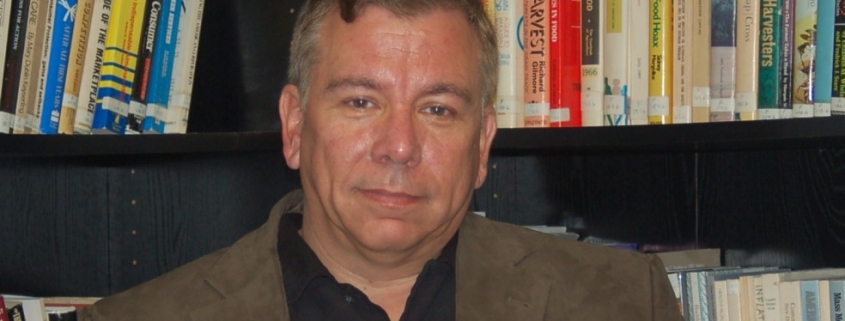Boy jockeys in Indonesia risk injury and death

Reid Maki is the director of child labor advocacy at the National Consumers League and he coordinates the Child Labor Coalition.
I didn’t quite believe my eyes when I saw the recent New York Times headline: “For Indonesia’s Child Jockeys, Time to Retire at 10, After 5 years of Racing.” The story, written and photographed by Adam Dean, revealed that child jockeys in Indonesia’s island of Sumbawa as young as 5 are racing horses and getting hurt in the process. The cultural practice is entrenched and boy jockeys are getting younger each year. “In the late ‘90s, jockeys were usually aged from about 10 to 14 years old, but then we found the lighter jockeys to be faster, and now they are aged from about 6 to 10, Fahrir H.M. Noer, a deputy chairman of one of the races, told reporter Dean.
As an advocate who has followed child labor closely for 20 years, I was not surprised that young children might do something dangerous. More than one million children around the world are engaged in mining, which is extremely hazardous. We’ve seen photos of children in the Philippines who mine underwater, connected to very precarious breathing tubes. Children work with toxic chemicals in leather tanning facilities; they help break apart giant ships. Nearly half the 152 million children trapped in child labor perform hazardous child labor.
In this case, however, I was surprised that that children, 5 to 10, could be asked to control animals so large and fast—a task that requires well developed athletic skills. Dean’s stunning photos confirm that this phenomenon is happening:

Racing around the first bend. Adam Dean for The New York Times

Child jockeys, between ages 5 to 10, in a professional race on the island of Sumbawa in Indonesia in July.
The Child Labor Coalition has been posting these photos on Twitter (@ChildLaborCLC) and there has been almost no response from our 17,000 followers. Several tweets have elicited only one or two retweets each. There has been no horror decrying the practice–no expressions of concern for the little boys. I don’t know why this is the case. Cleary, jockeying a horse is dangerous and these children are too young. Is the public confused because horse racing is a sport? Or does it feel that the use of children as jockeys is an embedded cultural practice in Indonesia and somehow acceptable?
Dean tells the story of Firmansyah, 8, who fell off his horse while racing and hit his head on a wooden railing. Fortunately, the boy’s injury did not seem to be as serious as feared.
Although horse racing officials in Indonesia defend the practice of using child jockeys as part of the culture and something the children want to do, some Indonesian advocates disagree. The Times story quotes Arist Merdeka Sirait, chairman of the National Commission for child protection, a nonprofit: “This is clearly child exploitation. The horses move so fast. The boys ride the horses with no proper protection. This is violence against children. As children, they cannot say no to their parents or whoever ordered them to ride the horse.”
This new report of child jockeys is not the first. We’ve known for a long time that the Persian Gulf nations used child jockeys—boys trafficked form Pakistan, Bangladesh and Sudan—to ride camels in races. For a time, there were reports that the boys were being replaced with robotic jockeys but that attempt appears to have been short-lived. In July 2002, Sheikh Hamdan bin Zayed Al Nahyan announced a ban on child jockeys under 15, but in 2010, Anti-Slavery International photographed violations of the ban. A report in FrontPage Mag in December of 2011 said that the “Camel jockey slave trade [is] still alive and well.” The report noted that some of the Persian Gulf’s boy jockeys in training were “starved, beaten and sometimes sexually abused.” Death and serious injury, as well as damaged genitals, may result from jockeying. The child jockeys in the Persian Gulf were also often victims of trafficking from other countries—something that doesn’t seem to be happening to the child jockeys of Indonesia.
The Indonesian jockeys wear masks on their faces. We can’t help but wonder if it is a deliberate attempt to obscure the riders’ faces so that race fans can ignore the fact that children are risking their lives for their pleasure.

An owner embracing his horse after a winning ride. Adam Dean for The New York Times
Check out this boy who is resting after an injury—he looks so young and fragile:

Imam Dudu, 8, resting after a fall. Adam Dean for The New York Times
And the facial injuries to this rider:

Firmansyah, 8, who fell from his horse the day before, getting ready for another race.
Isn’t it time for this dangerous practice to end?
Our gratitude to Adam Dean for breaking this story and for his stunning photos. Thanks to the New York Times for this powerful expose.














